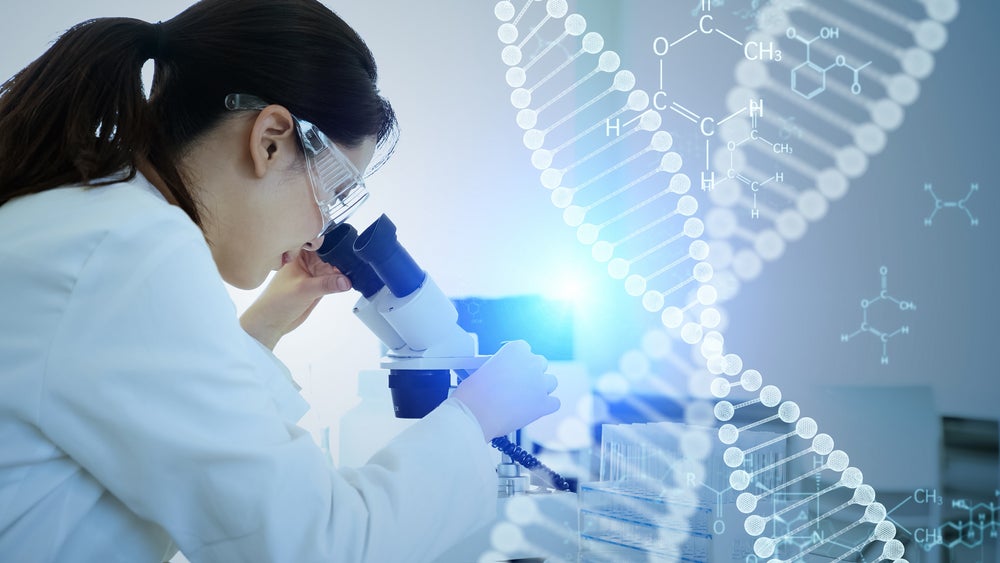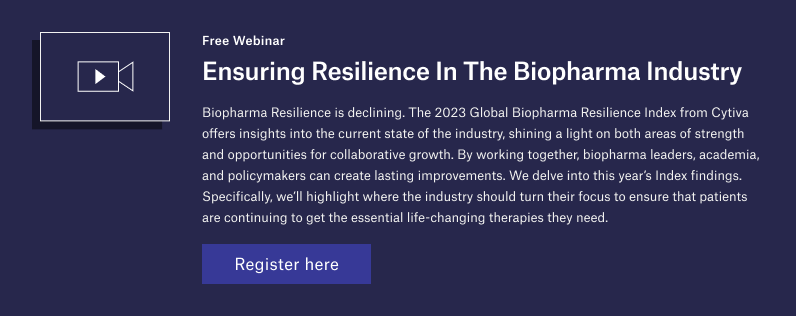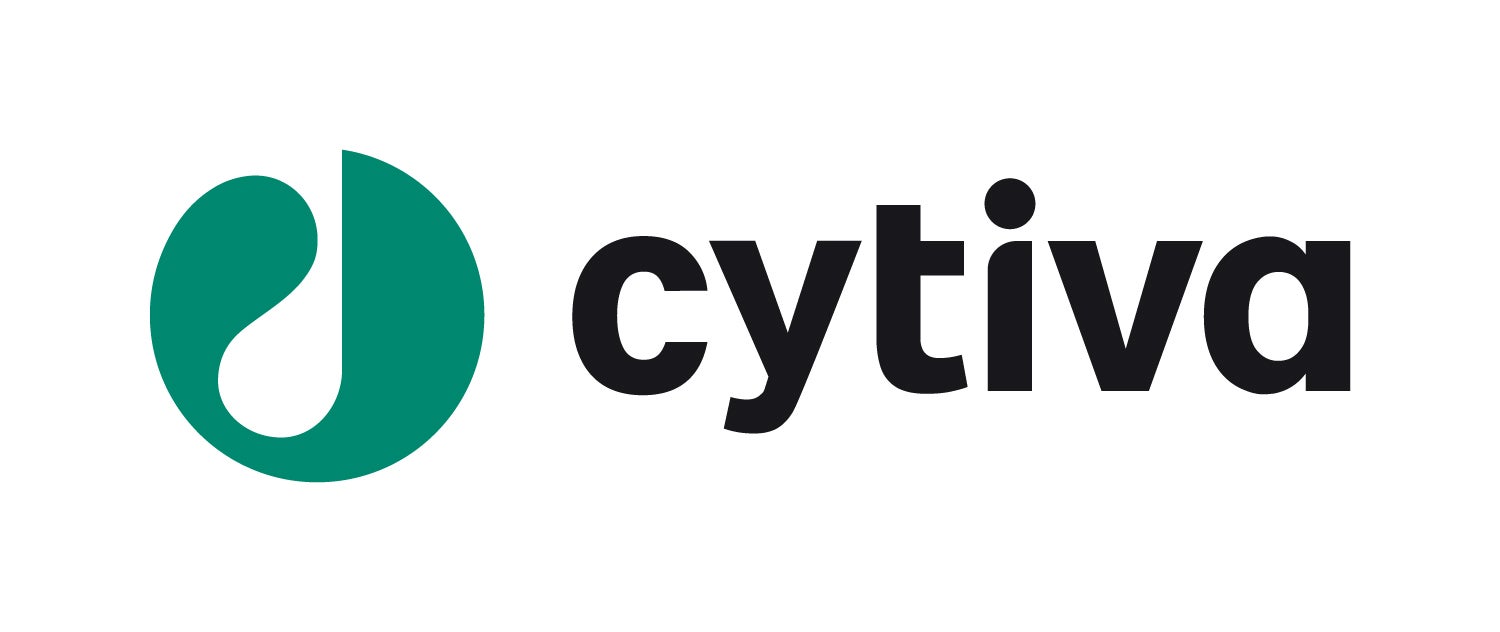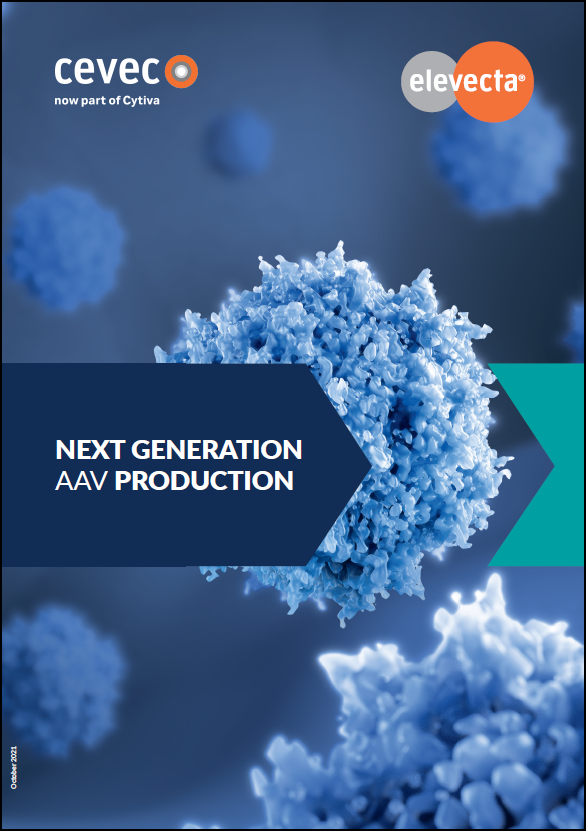
The field of genomic medicine has reached a true turning point. With scientists fervently developing mRNA vaccines, nucleic acid therapeutics, and viral vector-based gene therapies, clinicians are set to have a growing number of tools available to treat a wide range of conditions, from infectious diseases to genetic disorders and more.
After years of safety-related setbacks and development challenges, recent progress in gene therapy is especially exciting. Researchers have relentlessly worked through the barriers to create lifechanging treatments for patients in need.

“As opposed to other therapies or drugs that basically help you manage a condition, gene therapy has the potential to cure a disease,” says Nicole Faust, PhD, General Manager, Cell Line Development, Cytiva. “Technically, it’s far from easy, but there is so much effort going on that we are really seeing huge progress here.”
While the first gene therapy approvals were for rare progressive diseases, advanced therapies are now being developed to tackle indications affecting larger patient groups. In June 2022, the European Medicines Agency approved an adeno-associated viral (AAV) vector-based therapy for adults with Hemophilia A, making the treatment available to an estimated 3,200 eligible patients.[1] Next, says Faust, scientists are looking at even more widespread diseases like Parkinson’s and Alzheimer’s.
CAR T based therapies manufactured with lentiviral vectors are also on the rise, points out Clive Glover, PhD, General Manager, Pall Corporation. With an aim to deliver more of these therapies to more patients, it becomes clear that the industry must be prepared to meet a huge increase in viral vector demand.
“I only see increases in the amount of demand for both AAV and lentivirus, as well as other viruses being used for therapeutic purposes,” says Glover.
Faust agrees, adding that a rough calculation shows the gravity of the current situation. She estimates that — with the gene therapy industry switching focus from treating only orphan diseases to more prevalent indications and conditions requiring more viral vector particles per dosage — yearly viral vector demand “could easily increase by one million-fold”. When you consider the existing challenges limiting the upstream production of viral vectors, this figure becomes even more alarming.
Cell culture challenges
The viral vectors used in the gene therapies currently on the market are produced in adherent human embryonic HEK-293 cell culture. With this method, systems like the iCELLis® single-use fixed-bed bioreactor provide conditions necessary for growth but were “never going to be the long-term solution”, says Glover. Rather, he believes adaptation to suspension-based systems will be an important evolution in AAV manufacturing.
The second, and even greater, challenge arises during the production step, where a complete set of genes — including the therapeutic gene, capsid genes, and adenoviral helper genes — are introduced into the cells. The established method for this process is a triple transfection using three different DNA plasmids.
“For each production process, you have to generate the plasmids in huge quantities with GMP quality and then do a transient transfection, meaning you mix them with a transfection reagent and add that to the cells in a very controlled way,” explains Faust. “This is already tricky at small scales but is getting close to impossible at really large scale.”
“This is really what has been very challenging for upscaling viral vector production and what leads some companies that have in-licensed projects with a huge amount of viral vector to slightly panic about future production,” she says.
Naturally, scientists are investigating ways the transient transfection process could be improved. For example, researchers have developed a two-plasmid cotransfection system. While this approach is not widely used in clinical manufacturing, Glover believes that it may offer some advantages over the three plasmid-system. Better transfection reagents and efforts to automate the currently highly manual and inconsistent process could also make a difference, he adds.
“Clearly, if we want to carry on with the transient transfection-based system, we’ve got to find better ways to control the process,” states Glover. “But we think there’s a better way, and this was the reason we started working with CEVEC [now part of Cytiva] a number of years ago. Moving the viral vector field closer to the monoclonal antibody field is really what we see as the way forward.”
Learning from the monoclonal antibody field
There are many ways in which viral vector manufacturers could improve processes by adopting an approach to cell culture similar to what’s done in the more mature monoclonal antibody field. Most importantly, there is a need for stable producer cell lines growing in suspension. Developing such a cell line for AAV has been thought impossible for many years, which is what spurred Faust and her team at CEVEC to work to prove the industry wrong.
“We saw a huge potential for these stable cell lines; it’s really the most logical and efficient way to scale up AAV production. So, we set out to solve some of the problems,” she explains.
One of the main challenges was the cellular toxicity of rep and helper genes affecting stability. CEVEC developed the innovative ELEVECTA™ technology, which puts these genes under the control of an inducible promoter, to address this issue. This way, producer cells can be successfully grown to required volumes, achieving yields very much competitive with those obtained via transient transfection.
In addition to high titers, ELEVECTA™ technology can offer a significantly simplified and more cost-effective supply chain without the need for expensive cGMP-grade plasmids and transfection reagents. Another immediate benefit is improved batch-to-batch consistency — something regulators are expected to tighten the rules on in coming years.
“Where I really see the big power in this technology is it now gives you a very stable foundation from which to start adding other improvements,” notes Glover. “In the monoclonal antibody world, there’s been really large orders of magnitude in improvements of titer over the last twenty years or so, and all of that required having a stable cell line in place.” One important advancement will involve tackling the still-present issue of empty capsids, for example.
More efficient, suspension-based cell culture processes are urgently needed in the now fast-developing genomic medicine space. ELEVECTA™ will help to standardize processes, bringing them closer in line with those well-established in monoclonal antibody production.
CEVEC became part of Cytiva in October 2022. Looking ahead, Cytiva will continue to work on new strategies to support customers with better cell culture technologies, including investigating how the transient transfection process can be improved. As part of this ongoing effort, Cytiva recently opened its Cell Culture Center of Excellence, where internal teams and customers will work together to optimize cell culture media.
[1] BioNews. Roctavian, Hem A Gene Therapy, Given Conditional Approval in EU. Hemophilia News Today. https://hemophilianewstoday.com/news/roctavian-hem-a-gene-therapy-given-conditional-approval-eu/
[2] Tang Q, et al. Two-Plasmid Packaging System for Recombinant Adeno-Associated Virus. Biores Open Access. 2020 Oct 16;9(1):219-228. doi: 10.1089/biores.2020.0031.



